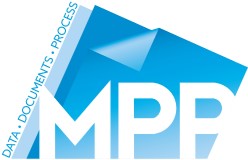How do you REALLY save money on print?
The managed print sector did nothing to preserve its own reputation in the early days of printers, copiers and scanning devices. There was a short-term attitude which only...
